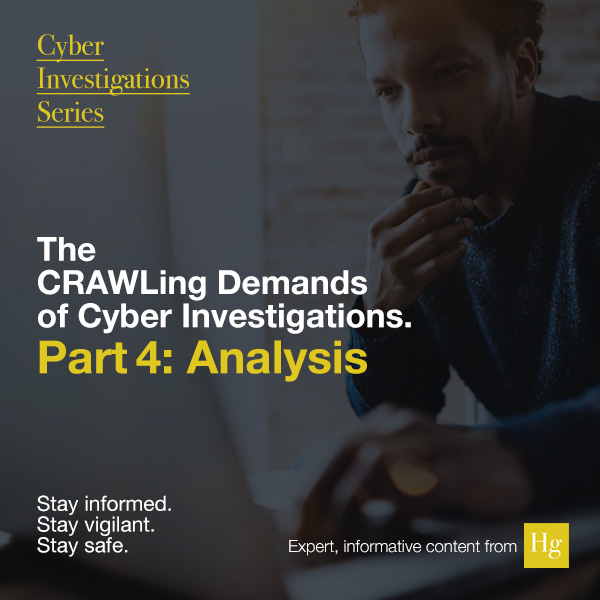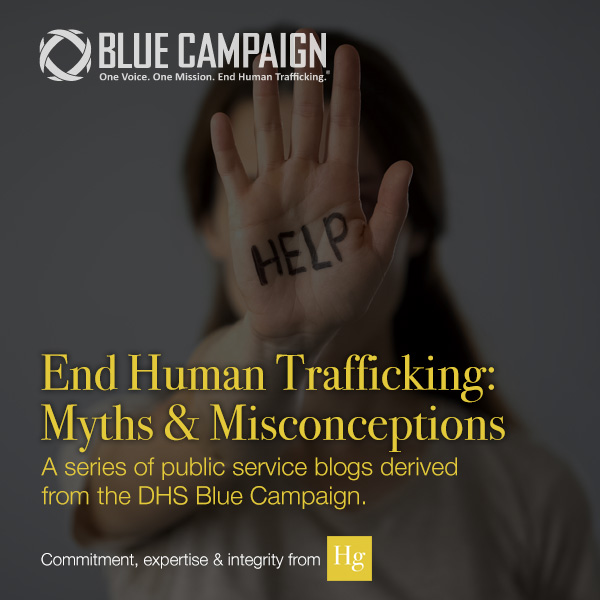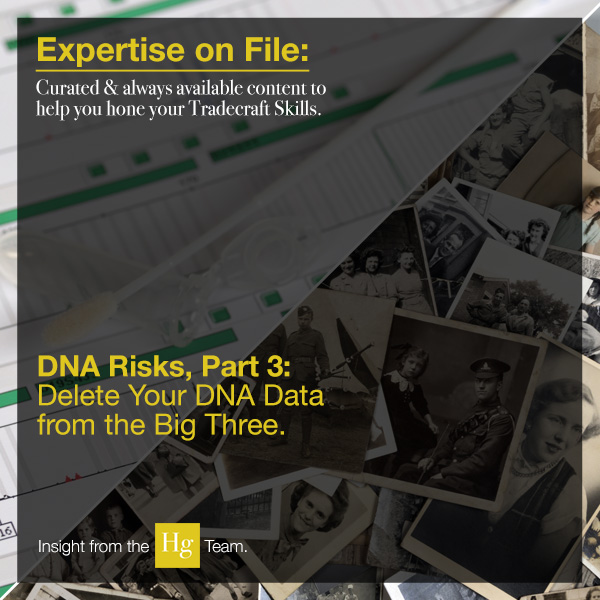By Cynthia Hetherington
 Do you have laser-like focus? Are you effective in communicating with clients? Diving deep to find the needle in that haystack? Able to absorb volumes of information, discern the facts, and write them in an orderly fashion? Does the old adage, “God gave us one mouth and two ears” speak to you? These are all traits required of a successful investigator. Before you set to work on any cyber investigation, you may need to learn how to CRAWL: Communicate, Research, Analyze, Write, and Listen.
Do you have laser-like focus? Are you effective in communicating with clients? Diving deep to find the needle in that haystack? Able to absorb volumes of information, discern the facts, and write them in an orderly fashion? Does the old adage, “God gave us one mouth and two ears” speak to you? These are all traits required of a successful investigator. Before you set to work on any cyber investigation, you may need to learn how to CRAWL: Communicate, Research, Analyze, Write, and Listen.
CRAWL allows investigators to implement a foundational approach for receiving new projects, reporting their findings, and transcending their competitors in customer-service response. Good investigators say that research is the most important step. Successful investigators say that analysis and good report writing can be very profitable. Great investigators know it is all in communicating with their clients, with an emphasis on listening. A solid investigator who is profitable, well-respected, and seeking steady work needs all five components.
Veteran investigators know that there are specialists in certain fields of research. Some fields of specialization are arson, surveillance, business backgrounds, organized crime, matrimonial, defense, and legal. As varied as these fields are, these experts all utilize the fundamentals of CRAWLing. CRAWLing demands skills beyond the investigator’s specialization.
CRAWLing is the business model for investigators, just as the scientific method is a constant for scientists.
Without a fundamental application of the principles of CRAWL, an investigator may have a short career, because she or he will not see return business, will become frustrated over inconsistent reports, and will not understand why the phone is not ringing. In this 6-part blog series, I will teach newbies how to CRAWL and help seasoned investigators refine their skills. Last week, in Part 3, we discussed the logistics of research. This week we focus on Analysis.
Interpreting Your Data
Once research has been conducted and the sources have been exhausted, analysis begins by processing the information. The methods you use in an analysis to process the information will vary depending on the type of case. But the key factor is that analysis is not about summarizing data. Analysis is a combination of scientific and non–scientific interpretation of data or information to produce insightful, intelligent findings.
Probably the most popular of analysis models is SWOT: Strengths, Weaknesses, Opportunities, and Threats. The SWOT method breaks down any subject—whether it be a person or a company—into these four components.
SWOT is a flexible method often used in investigative reports. The analysis can be a stand-alone report or included in a larger investigative report. SWOT is a popular method of analysis for due diligence investigations, because it allows the investigator to evaluate an item, person, or business in comparison to others. As investigators gather details and facts about their target, they decide which part of the acronym the fact may fall under.
SWOT offers more benefits than the analysis itself, because it allows for comparisons, enabling the investigator to analyze details that can lead to other investigative tracks. For example, if a company is showing $750,000 in annual revenue, but similarly sized companies in the same market and type are showing $1.5 to $2.0 million in revenue, that would be an indicator of a Weakness or a Threat. Perhaps the sales force is ineffective, the company is young to the market, or a bad reputation is involved.
Case Study: The Apple Orchard
An apple juice producer is considering the acquisition of a Washington State apple orchard. Using the SWOT method, the investigator researches and compiles all the required data and facts. Based on our research, here’s what we uncovered:
- Strengths: Location, size of orchard, present and established workforce
- Weaknesses: Outdated machinery and equipment in need of replacement, old orchard with limited harvest potential
- Opportunity: Future ability to purchase adjacent property to expand orchard and harvest capacity
- Threats: FDA tests result in bacteria-related illnesses due to bad well-water
All of these issues are presented to the client, who ultimately makes a financial decision based on our analysis.

Investigative Benefits
Filling in the blanks of a SWOT analysis is an easy way for an investigator to create a report. But often, simply putting the details on paper in a specific formula brings to light the issues that otherwise might not have been noticed.
As in the Apple Orchard Case, I was forced to consider possible opportunities—of which I was finding very little. By focusing on that section, I came across the adjacent properties for sale. Had I been writing a standard, detailed report, I wouldn’t have been focusing on opportunities, not known of the properties for sale, and, thus, not mentioned it to the client who would have missed out on this Opportunity to offset the Weakness, i.e., old orchard trees.
Presentation Benefits
Using the SWOT method will offer up a final report that reads smoothly, is easy to navigate, and looks attractive. Clients appreciate the ability to glean key information succinctly. If the client wants to read about a competitor, he or she can turn directly to the Weaknesses or Threats sections of the report or turn to the Opportunities section to read about a potential acquisition.
SWOT Disadvantages
When your investigation requires creative and critical thinking, e.g., fraud or deception cases, SWOT’s check-box style of analysis is not useful. SWOT can negate the creative and critical thinking that some investigations require.
Be sure to check back next week, when I discuss Writing!

Are you an analyst or investigator looking for introductory training on conducting OSINT investigations? If so, check out Hg’s August special webinar training package: Online Social Media Primer Series. This introductory primer series will teach you why to use these platforms, how to get into them, where to look, what nuances and leads you need to chase down, and how they are all interrelated. We’ll also discuss how to capture content per service, so you can present it in your reports.
 With over twenty-five years of global experience in open source investigations and one of the first investigative firms to conduct online social media investigations, Hetherington Group develops advanced cyber investigations unique to your needs. Learn how Hg’s analysts can clear through jargon and uncover answers buried deep in open sources, social media pages, and Dark Web sites.
With over twenty-five years of global experience in open source investigations and one of the first investigative firms to conduct online social media investigations, Hetherington Group develops advanced cyber investigations unique to your needs. Learn how Hg’s analysts can clear through jargon and uncover answers buried deep in open sources, social media pages, and Dark Web sites.
 Cynthia Hetherington, MLS, MSM, CFE, CII is the founder and president of Hetherington Group, a consulting, publishing, and training firm that leads in due diligence, corporate intelligence, and cyber investigations by keeping pace with the latest security threats and assessments. She has authored three books on how to conduct investigations, is the publisher of the newsletter, Data2know: Internet and Online Intelligence, and annually trains thousands of investigators, security professionals, attorneys, accountants, auditors, military intelligence professionals, and federal, state, and local agencies on best practices in the public and private sectors.
Cynthia Hetherington, MLS, MSM, CFE, CII is the founder and president of Hetherington Group, a consulting, publishing, and training firm that leads in due diligence, corporate intelligence, and cyber investigations by keeping pace with the latest security threats and assessments. She has authored three books on how to conduct investigations, is the publisher of the newsletter, Data2know: Internet and Online Intelligence, and annually trains thousands of investigators, security professionals, attorneys, accountants, auditors, military intelligence professionals, and federal, state, and local agencies on best practices in the public and private sectors.



